Building Bridges - Egyptian Heritage & Culture, Louis Dumas
- BAYT AL FANN
- Jul 4, 2022
- 7 min read
Louis Dumas, is the Ambassador of Canada to Egypt. With a great appreciation of art, heritage and culture, Louis is a great supporter and advocate of the development of the arts.
We talk to Louis about his role as Ambassador, how the cultural scene in Egypt is flourishing and music as a distinct form of cultural diplomacy.
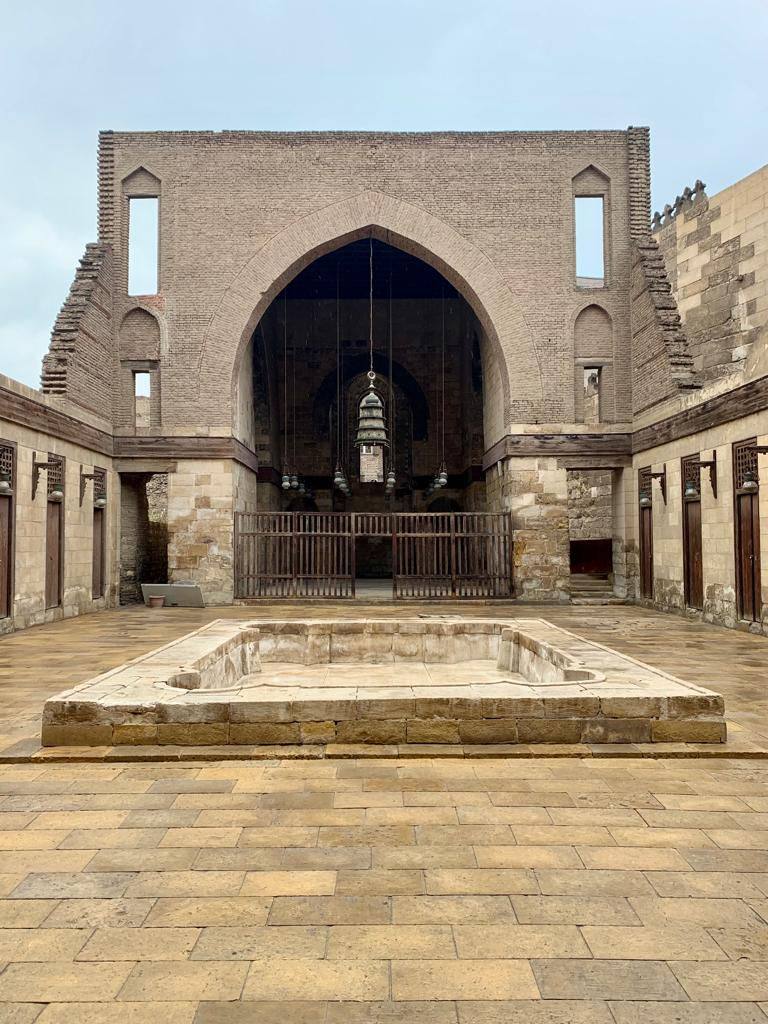
When you first arrived in Egypt, what were your initial impressions and immediate experiences like?
I first landed in Egypt 25 yrs ago, back then I was not a celebrity as proclaimed by Twitter, and was not pinned down for interviews like now! Awed by Egypt’s regional leadership and history is an ever-lasting impression. I was proud to be posted in here as in Canada we pride ourselves for our Nobel Peace Prize laureate, former prime minister Lester B. Pearson, for using the world’s first, large-scale United Nations peacekeeping force to de-escalate the Suez Canal 1956 crisis. Egypt is history, leadership, and, most importantly, Egyptians greet you with warmth, outpouring generosity, and impress you with perseverance in the 1990s as much as today in the early 2020s.

What was your position at the time and how did you embark on your role as Ambassador of Canada to Egypt?
I was a young immigration officer, based in Egypt, responsible for a territory of 10 countries in the Middle-East. As you know, Canada prides itself as being a multi-cultural country and many individuals from the region have immigrated to Canada. These individuals today are often back in the region, investing, starting businesses, creating bridges between Canada and countries like Egypt in the field of education, arts, and industry.
Where did you first reside in Egypt?
I lived on Road 216 in Maadi! Maadi was then a bit smaller than today!
From your perspective, how did Egyptian culture change over those 25 years?
Egypt is Egypt: 25 years, 50 years, 100 years, … back and forward looking, it’s all about the welcoming people and one of a kind hospitality. Tourism was booming back then with Egyptology witnessing high traffic of tourists, educators, and students. This has however changed especially with COVID19 hitting the tourism industry hard around different corners of the globe. I was spellbound by the Orientalist art movement, with replicas covering walls of main touristic cafes and Ramses Railway Station. Even though the term is highly charged and disputed, the movement influenced the production of a wide range of art works including ceramics, and sketches, to name a few, but also extends more widely to include architecture and music.

Another aspect that changed is vacationing in Egypt. Back in the days, we used to enjoy cozy summer times in Agamy close to Alexandria, while now, one gets puzzled with planning: North Coast – Red Sea – Ain Sokhna! The upside of this hustling is the rise of eco-tourism; and a budding industry with a driving force for inclusive and sustainable economic growth, where natural heritage is respected, cultural heritage revived, and local communities engaged. There is more attention paid to the hot topic of climate change. Organic farming is no longer an act of leisure but a means to preserve mother Earth for future generations. Egypt is now keen to play a leading role. With arts and culture having the potential to play an instrumental role in opening up spaces for dialogue, creative expression, and raising awareness of the public.
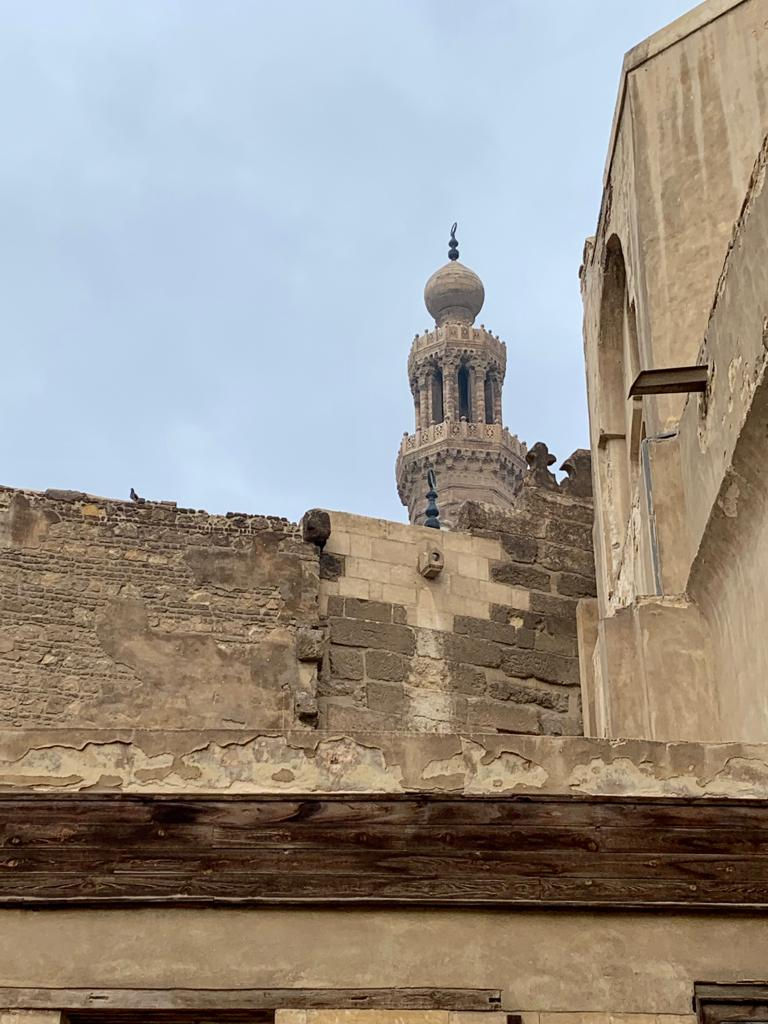
How has the art, culture and heritage developed?
The spectrum is wide and diversified, from underground bands that played a role in the 2011 uprsing, to the contemporary scene, and to independent film-making that is earning global recognition and prizes in places like Cannes, Venice, and Berlin. Egypt’s art and cultural scene is bustling with creativity, that inspires with awe. From a development perspective, Heritage Conservation grassroots movements have devised different approaches to preserving built and intangible heritage. It was interesting to learn about how academia is working on a participatory approach with local communities and some development projects are factoring in the heritage element. Social media has played a key role in making art accessible to everyone, not just in Egypt, allowing for an intercultural dialogue and for partnerships fostering from the digital space at low cost and high efficacy.
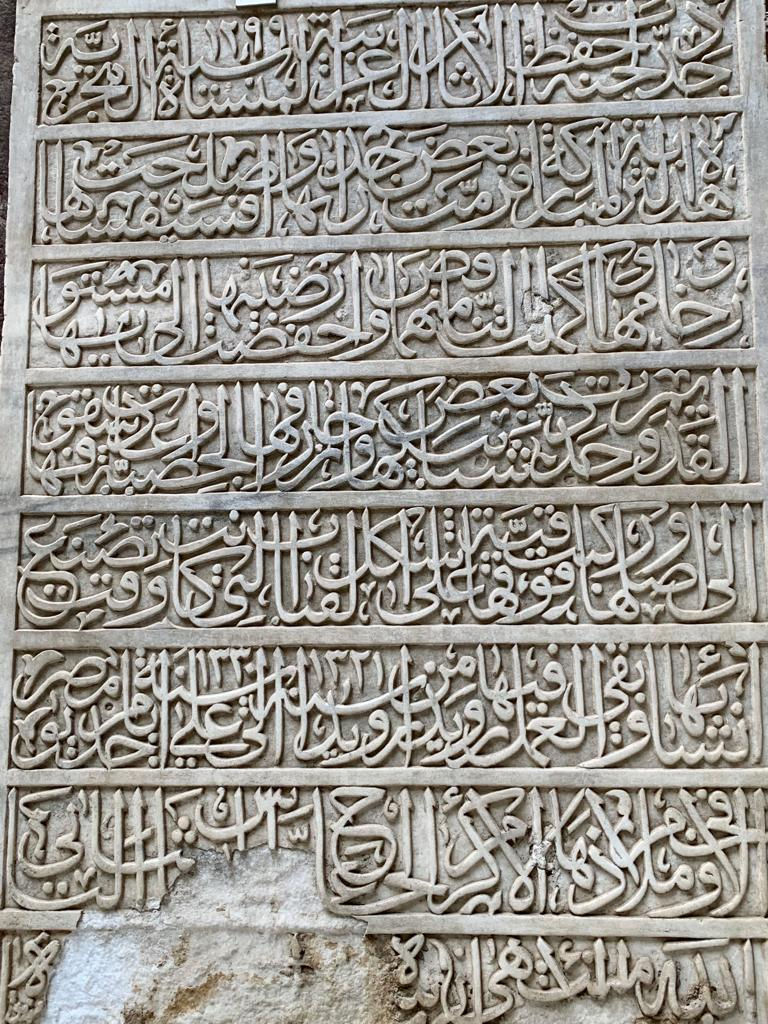
You are a big fan of Umm Kulthum, how can music help build connections and why are you particularly connected to her music?
The Diva, she’s Egypt eternal Ambassador, has a unique voice and it transcends time and borders. Umm Kulthum is an integral part of Egyptian identity. You can’t celebrate Eid eve and announcement of sighting the moon, without having Leyleit el-Eid echoing and playing thorughout the night. Her charisma and leadership is a case study in itself, how she broke down barriers in a male dominated industry. She is an inspiration in every aspect, and speaking of Islamic Art, no one could have left a mark and revived quatrains of Omar Khayyam as she did. There is no equivalent anywhere.
Music diplomacy is a distinct form of cultural diplomacy. It’s a universal language that knocks down language barriers and cultural differences, music promotes coexistence, understanding and mutual respect among people, communities and nations, thus contributing to a culture of peace.
Who are some of your favourite artists?
Musically, I am a big fan of The Beatles as their music is the soundtrack of my life. Canadian bands, such as Arcade Fire and Les Charbonniers de l’Enfer (singing traditional French Canadian songs), also have a special place in my heart. Jazz, especially from the 1950s, often resonates in my home!
I love modern art, but I especially enjoy architecture as I am originally from Quebec City. Pierre Thibault, a Quebec architect, is someone who inspires me quite a bit through his buildings and their relationship with nature.
Cinema also plays a big part. Egypt has lots to offer and I recently saw Cairo Station, an Egyptian classic from the 1950s!
What are the connections and opportunities between Egypt and Canada in relation to art and culture?
Egypt and Canada share a deep attachment to our history and ancestral roots which allow us to welcome diversity and to create space for the “Other”. We also share respect for nature and are committed believers in sustainable growth. We also have a common desire to progress along with others. With regards to arts and culture, last year, Queens of Egypt, a spectacular exhibition, was presented at the Canadian Museum of History in Gatineau. The exhibition was accessible both in person and virtually. Audiences were captivated by the artefacts and it allowed then to step 3500 years back in time into an immersive, multi-sensory experience, that revealed the stories of seven fascinating Queens who played important military, political, diplomatic, and religious roles in the New Kingdom (1539–1076 B.C.). They ruled as the wives, mothers, sisters, and daughters of pharaohs — and, in one case, as a pharaoh herself.
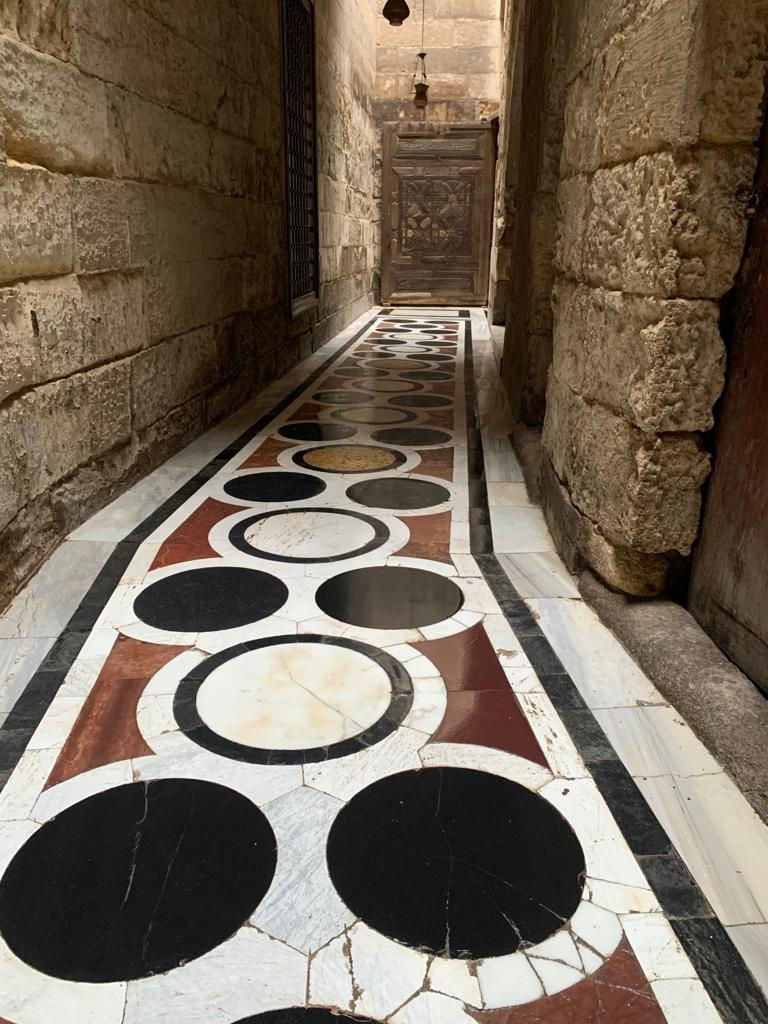
With COVID19 finally loosening its grip, there are definitely new frontiers to explore in cultural collaboration. In Canada, October is Islamic Heritage Month, since 2007, to provide an opportunity to Canadians to learn and honour the rich history of Islam, and the many contributions of Muslims to Canada. It is important to recognize the diversity that exists within the faith of Islam, and Canadians who practice it - including the multitude of people, stories, and cultures that have shaped, and continue to shape Canada.
As an example, Montreal is a creative hub and home to contemporary cirque schools and many creative industries. In January last year, Cirque Éloïze designed and performed the opening ceremony of the World Men’s Handball Championship in Cairo. There are talks about partnerships with various Ministries that could bring Canadian expertise to Egypt!
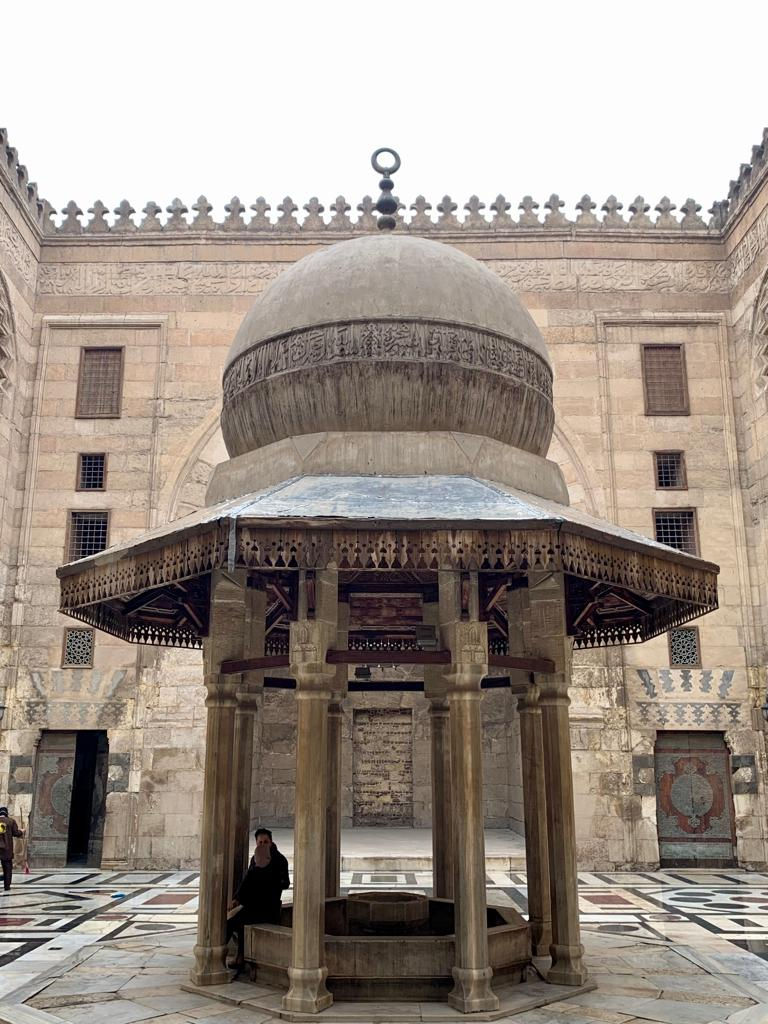
How do you see the Egypt in the development of its art, culture and heritage strategy?
The cultural scene in Egypt is booming especially on the heritage front, from the National Museum of Egyptian Civilization and its buzzing agenda to last year’s restoration of Al-Imam Al- Shafei Mausoleum, and this year inauguration of Imam Hussein’s and ongoing renovation of major mosques and shrines. On the art side, “Forever is Now” firmly positioned the Pyramid Plateau as an unrelenting space for international curators and exquisite exhibitions. It is fascinating to spot self-proclaimed young artists who are vivaciously promoting intangible Islamic heritage. For example, the artist Inshad is recalling ZigZag Ghanim and his outstanding performance at Expo2020 blended with modern choreography. As well, in the world of calligraphy, with Tajaleyat, where a couple venture to blend calligraphy with Islamic motifs and ornaments, resorting back to nature in terms of colors and materials. All this to present artistry pieces for homes. I hear that their choices of verses and prayers are soothing. Environmental grassroots draw upon heritage element in fighting climate change, where they empower local communities to source alternatives from their environment and unleash their creativity rooted in heritage. As the Ambassador of Canada to Egypt, let me tell you that our international development team are doing an amazing job with women economic empowerment with number of funded projects giving the beneficiaries the liberty to put intangible heritage and storytelling on display, from handwoven carpets to linen beddings. In Aswan, women owned entrepreneurship are playing a primary role in holding the entrepreneurship ecosystem intact in Upper Egypt.
What does the future of Islamic art look like to you?
The future is very promising. It would be unfair to sum up the future of Islamic art in few words! Personally, I am prudent with the term “Islamic Art Revival” as Islamic Art has been influencing and inspiring generations, artists, lives, histories, diplomacies, leaderships, and change for ages, not to mention shaping identities. With the technological leaps we’ve witnessed over the past two decades, and with a tech savvy generation, I think trends of Islamic Art will further blend histories, realities with digital realms, will enrich dialogue, and boost innovation. Digitization is important for outreach and education, an important lesson learnt from the pandemic – digital footprint is crucial. It is exciting!
For more information follow @Louis_Dumas9 on Twitter
The views of the artists, authors and writers who contribute to Bayt Al Fann do not necessarily reflect the views and opinions of Bayt Al Fann, its owners, employees and affiliates.









I appreciate you sharing such thoughtful content. it’s an absolute must-read ! Real Pune Service {} Chennai Service {} High-Prole Chennai Service {} Trusted Hinjewadi Service {] Independent Wakad Service {} Real Baner Service {} Hotel Escorts In Pune {} Pimple Saudagar Service {} Bavdhan Service {} Kothrud Service {} Magarpatta Service {} Lonavala 410401 (+) Ravet 410121 (+) Wakad 411057 (+) Hinjewadi 411057 (+) Baner 411045 (+) Aundh 411007 (+) Pimple Saudagar 411021 (+) Shivaji Nagar 411027 (+) Kalyani Nagar 411014 (+) Viman Nagar 411014 (+) Magarpatta City 411013 (+) Pimpri Chinchwad 411033
Best IPTV Enjoy premium IPTV channels in ultra-clear 4K quality, bringing you everything from global news to entertainment in one place. Best IPTV
代发外链 提权重点击找我;
google留痕 google留痕;
Fortune Tiger Fortune Tiger;
Fortune Tiger Fortune Tiger;
Fortune Tiger Slots Fortune…
站群/ 站群;
万事达U卡办理 万事达U卡办理;
VISA银联U卡办理 VISA银联U卡办理;
U卡办理 U卡办理;
万事达U卡办理 万事达U卡办理;
VISA银联U卡办理 VISA银联U卡办理;
U卡办理 U卡办理;
온라인 슬롯 온라인 슬롯;
온라인카지노 온라인카지노;
바카라사이트 바카라사이트;
EPS Machine EPS Machine;
EPS Machine EPS Machine;
EPS Machine EPS Machine;
google seo…
03topgame 03topgame;
gamesimes gamesimes;
Fortune Tiger…
Fortune Tiger…
Fortune Tiger…
EPS Machine…
EPS Machine…
seo seo;
betwin betwin;
777 777;
slots slots;
Fortune Tiger…
seo优化 SEO优化;
bet bet;
무료카지노 무료카지노;
무료카지노 무료카지노;
google 优化 seo技术+jingcheng-seo.com+秒收录;
Fortune Tiger Fortune Tiger;
Fortune Tiger Fortune Tiger;
Fortune Tiger Slots Fortune…
站群/ 站群
gamesimes gamesimes;
03topgame 03topgame
EPS Machine EPS Cutting…
EPS Machine EPS and…
EPP Machine EPP Shape…
Fortune Tiger Fortune Tiger;
EPS Machine EPS and…
betwin betwin;
777 777;
slots slots;
Fortune Tiger Fortune Tiger;